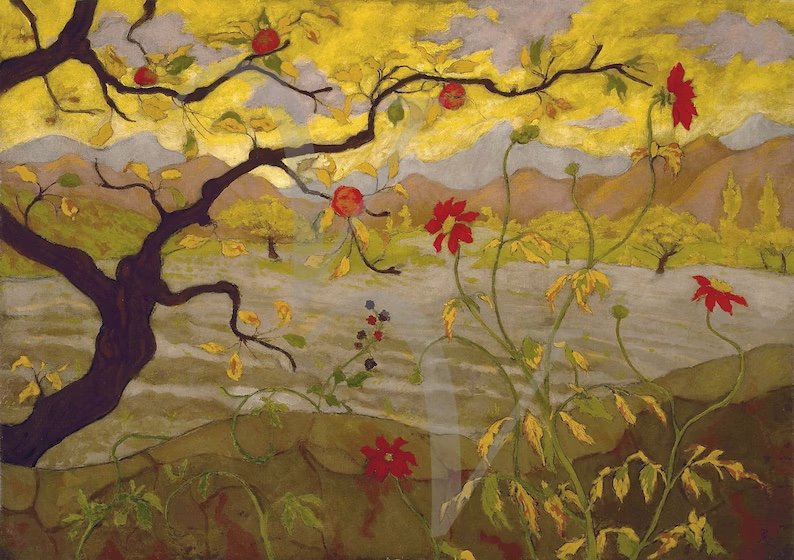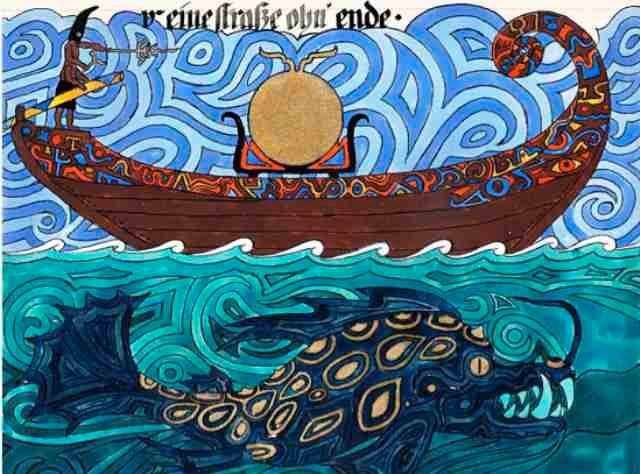It’s the simplest, almost unnoticeable, that carries the greatest treasure.
quote from a dream
Jungian Psychology and Dreamwork
Carl G. Jung laid the foundation for what is now called Jungian psychology. His theory encompasses terms such as shadow, archetypes and the collective unconscious.
Jung found dreams to hold accurate symbolic messages relating to the psychological complexes that keep us bound, and their nature as a guiding language to our deepest essence or soul. Active imagination is the technique Jung developed to access the unconscious, often through engaging with an image or inner figure from our dreams. When working on both the conscious and unconscious level, tending to the images and narratives of our unconscious, a bridge is built that strengthens the relationship and understanding of our inner world, our place within the larger collective and its underlying influences. We root more firmly into our own narrative and that of the Anima Mundi (Soul of the World), from which we can make more conscious decisions in daily life.
‘therapeutae’
The term Therapeutae (plural) is Latin, from Philo's Greek plural Therapeutai (Θεραπευταί). The term therapeutes means one who is attendant to the gods[3] although the term, and the related adjective therapeutikos[4] carry in later texts the meaning of attending to heal, or treating in a spiritual or medical sense. Wikipedia
The Psyche of Stories
Many people who seek psychoanalysis feel stuck in one way or another. This experience of ‘I am stuck’ reflects not only a personal struggle but also a universal theme found in the timeless stories of fairytales and myth. These narratives, shared across cultures and generations, resonate deeply with the human psyche because they connect us to archetypal patterns.
Fairytales and myths use a symbolic language that helps individuals access and explore emotions, conflicts, and desires that might otherwise remain unspoken. They reveal that our inner struggles are not isolated but are part of a larger, interconnected world—mirroring the rhythms of nature, the seasons of change, and the inherent wisdom of the earth. This broader perspective can awaken a sense of belonging and rootedness, reminding us that personal transformation is intertwined with the world around us.
Story as pathways guide us through life's challenges and transitions by reconnecting us to forgotten aspects of ourselves and to the greater web of life. In doing so, they illuminate how our inner growth can ripple outward, fostering a deeper relationship not only with ourselves but also with the world we inhabit.
The process of Jungian psychoanalysis
We work on both the level of the unconscious and with the problems we encounter on a daily basis. The feelings and images surface as threads that we follow to the core of our behavioural patterns we experience as restrictive, and to those we do not even realize are restrictive. We follow these threads down into the depth of psyche - they lead in a regressive and progressive manner, pointing both to its origin and where the energy wants to go.
In our work, we include soma (body) as a central aspect of the therapeutic approach. We will work with voice dialogue, active imagination, Sandplay, art therapy, and dreams.
‘Your vision will become clear only when you can look into your own heart. Who looks outside, dreams; who looks inside, awakes.”
CG Jung
Working with me
Due to my background in neuroscience and ecology, and subsequent studies in the mythopoetic, shamanism and Sufi mysticism, I pay attention to the clinical and spiritual elements in therapy. Where relevant, I will supplement conversations with psycho-education and refer to both readings and other therapeutic treatments that can support your process.
I work with individuals at my private practice in Vorden. I also provide online sessions via Zoom for those living outside the Netherlands.
Fee
I work according to industry standard rates.
50 min sessions: 140,- corporate ,- / 115,- private This includes all administration and case pre/post analysis.







